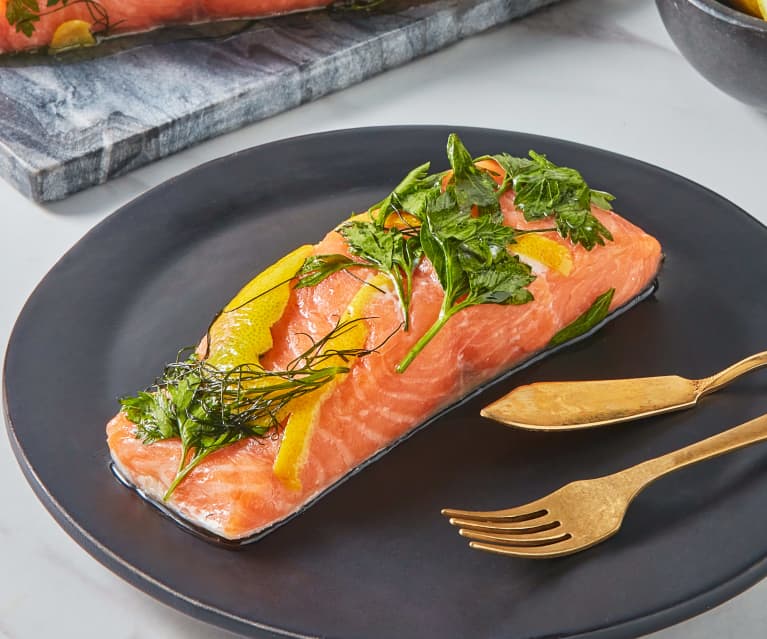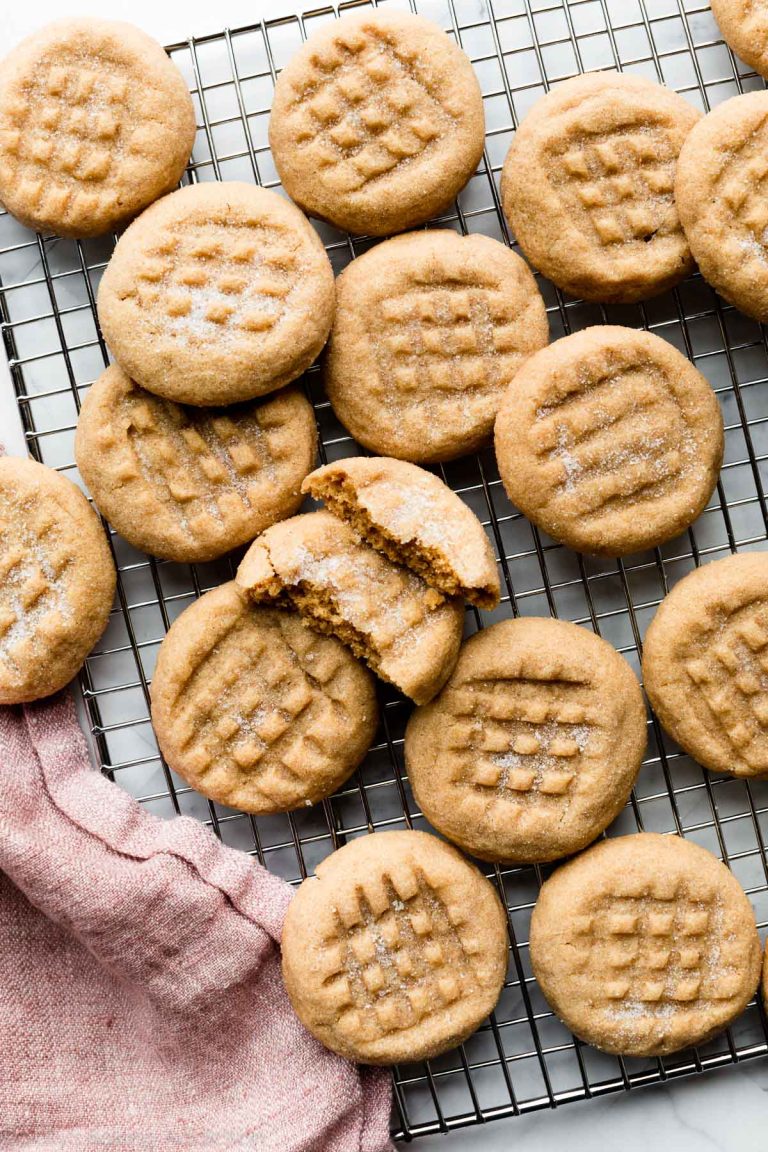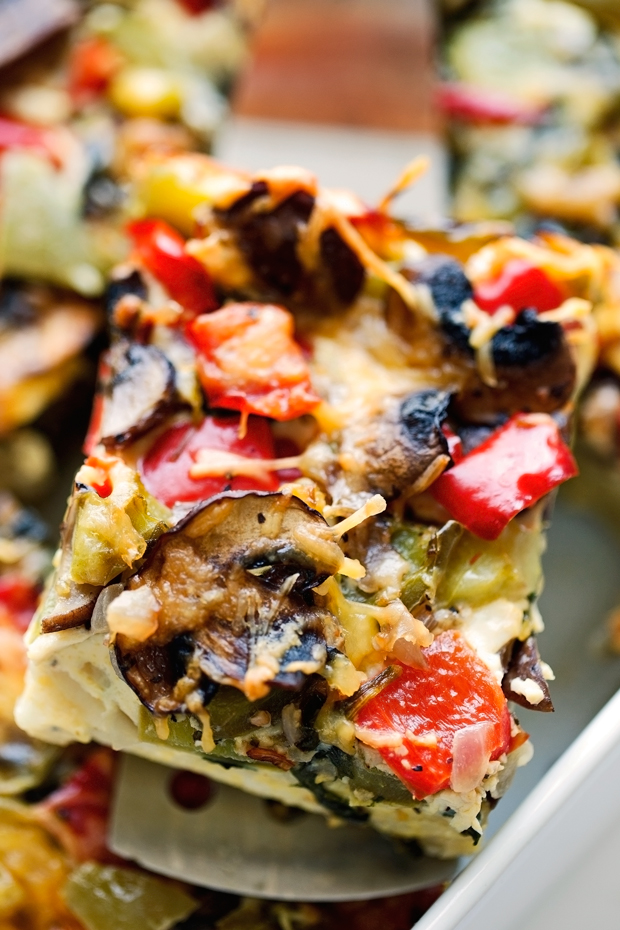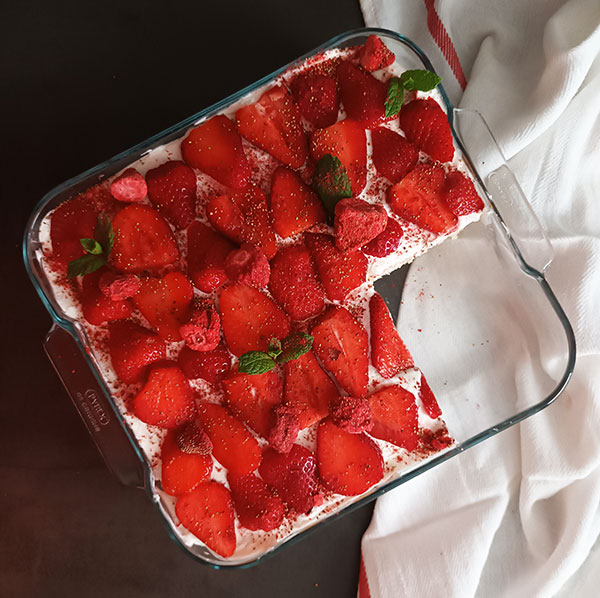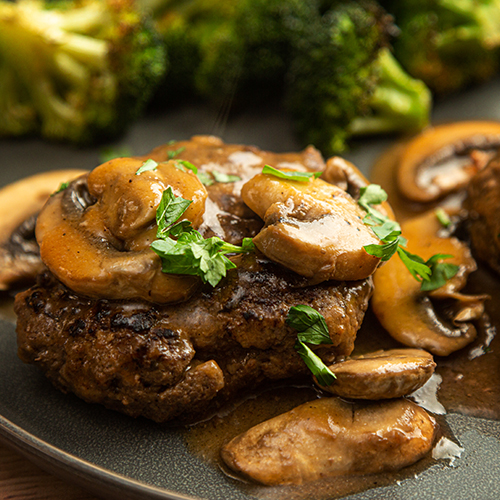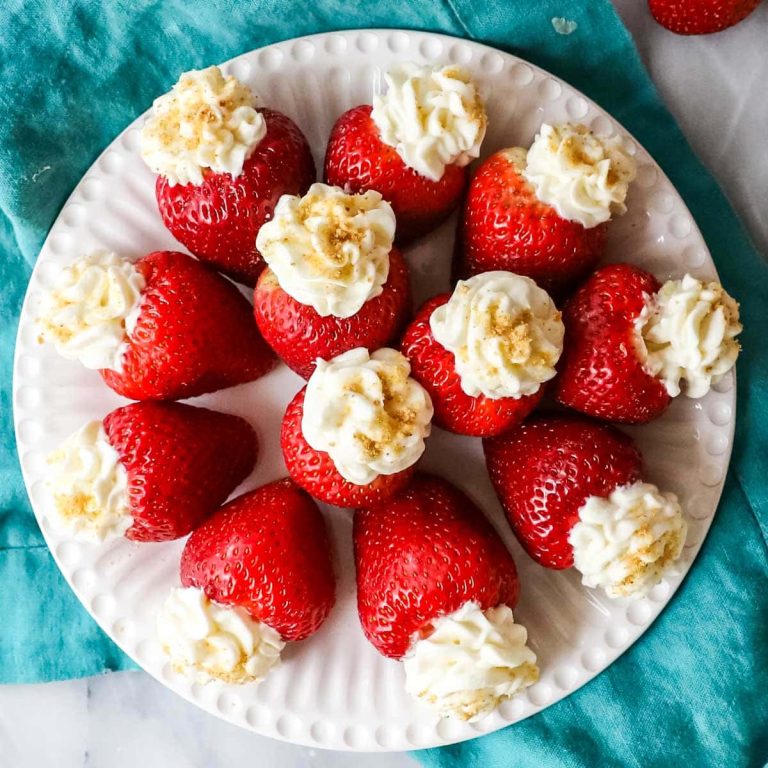Sous Vide Salmon: Tips, Temps, and Flavor Pairings for Delicious Results
Sous vide means “under vacuum” in French. It involves sealing food in a vacuum bag and cooking it in a water bath at a precise temperature. This method ensures even cooking from edge to edge, retaining moisture and nutrients. Temperature control is key—the water bath never exceeds the desired finished temperature of the food. For example, if cooking salmon, set the water bath to 125°F for perfectly cooked, tender fish. Sous vide provides unparalleled control over cooking results, making it a favorite among chefs and home cooks alike.
Benefits of Sous Vide for Fish
Sous vide cooking offers numerous benefits for fish.
- Even Cooking: Fish cooked sous vide reaches the same temperature throughout, preventing overcooking.
- Moisture Retention: Cooking in a vacuum-sealed bag locks in natural juices. This results in moist and flavorful fish.
- Nutrient Preservation: Shorter cooking times and lower temperatures help retain more nutrients.
- Consistency: Sous vide allows for consistent cooking results. Each piece of fish is cooked to the same doneness every time.
The Best Salmon for Sous Vide Cooking
Choosing the Right Type of Salmon
Selecting the right type of salmon is crucial for sous vide cooking. Go for high-fat salmon species like King (Chinook) or Atlantic salmon. These types offer rich flavor and moist texture. Sockeye and Coho also work, but may be less tender due to lower fat content. Wild-caught salmon typically boasts better texture and flavor, unlike farmed salmon. However, farmed varieties often have higher fat content that yields a juicier result. Ensure you pick salmon fillets of uniform thickness for even cooking.
Fresh vs. Frozen Salmon
Both fresh and frozen salmon are suitable for sous vide cooking. Fresh salmon, if sourced from a reputable provider, often has superior taste and texture. However, frozen salmon, if properly processed and stored, is equally effective. Freezing kills any potential parasites found in wild-caught salmon, adding a safety layer. Thaw frozen salmon completely before beginning the sous vide process for best results. Benefits of using frozen include better availability and longer shelf-life. When choosing between fresh or frozen, consider your immediate convenience and food safety preferences.
How to Prepare Sous Vide Salmon
Seasoning Options
Selecting the right seasoning for sous vide salmon ensures that the flavors are enhanced, not overpowered. Basic options include salt, pepper, garlic powder, and dill. Fresh herbs, such as thyme or rosemary, provide aromatic notes. Liquid seasonings, including lemon juice or soy sauce, enhance flavor depth. You can prepare a marinade by combining olive oil, minced garlic, and herbs, ensuring the salmon soaks for at least 30 minutes before sealing. For a spicier twist, consider adding red pepper flakes or smoked paprika.
Vacuum Sealing Techniques
Proper vacuum sealing is crucial for maintaining salmon’s texture and flavor during sous vide cooking. Use a vacuum sealer to remove as much air as possible, which prevents uneven cooking and preserves flavors. If you don’t have a vacuum sealer, use the water displacement method by submerging a zip-lock bag with the salmon partially open in water to push out air before sealing the bag completely. Ensure the bag is airtight to avoid any water entering during the sous vide process.
Cooking Temperature and Time for Sous Vide Salmon
Ideal Temperature Settings
Cooking sous vide salmon requires precise temperature control for optimal results. Set your sous vide water bath to a temperature between 120°F (49°C) and 140°F (60°C) based on your preferred texture:
- 120°F (49°C): Produces tender, slightly flaky salmon, retaining much moisture.
- 130°F (54°C): Balances tenderness and flakiness, creating a firmer texture and more translucent flesh.
- 140°F (60°C): Results in a traditional, flaky, and opaque salmon, similar to conventional cooking methods.
Use higher temperatures for thicker cuts and a cooked-through texture. For sushi-grade salmon, lower temperatures ensure a smoother, sashimi-like consistency. Always ensure the water bath remains at a constant temperature for uniform cooking.
Timing for Perfect Doneness
Salmon varies in cooking time based on thickness and desired texture. Standard timing for sous vide salmon falls between 30 minutes and 60 minutes:
- 1-inch thick fillet: Cook for 30 to 45 minutes, ensuring the fish is uniformly tender yet flaky.
- 1.5-inch thick fillet: Extend cooking to 45 to 60 minutes, allowing for thorough cooking without overcooking.
- 2-inch thick fillet or larger: Cook up to 90 minutes for dense, thicker pieces, ensuring they reach the desired doneness.
Avoid cooking salmon for more than two hours, as extended times can lead to mushy textures. Always consider the thickness and fat content, adjusting the cooking time accordingly.
Ensure accurate timing and consistent results by using a precise immersion circulator and monitoring the cooking process closely.
Additional Tips for Sous Vide Success
Achieving the Right Texture
To get the perfect texture for your sous vide salmon, consider the fillet’s thickness. Thicker cuts need more time. For a soft and buttery texture, cook your salmon at 120°F for 30 to 60 minutes. For a firmer yet still moist texture, set your sous vide device to 130°F and cook for 45 to 90 minutes. Always ensure that the water temperature remains stable throughout the cooking process.
Pairing Flavors with Salmon
Enhance your sous vide salmon by pairing it with complementary flavors. Fresh herbs like dill, thyme, and parsley add a vibrant touch. Citrus fruits, especially lemon and orange, brighten the dish. Use garlic and butter in the vacuum bag to infuse rich undertones. Soy sauce and ginger offer a savory and aromatic profile. Experiment with these flavors to create a unique and delicious dining experience.
Conclusion
Mastering sous vide salmon opens up a world of culinary possibilities. By focusing on the right type of salmon and paying attention to thickness and cooking time, you can achieve perfect texture and flavor every time. Experimenting with various herbs, citrus fruits, and other seasonings can elevate your dish from simple to extraordinary. Remember, precise temperature control is your best ally in creating consistently delicious results. Dive into the sous vide method and transform your salmon dishes into gourmet experiences.
